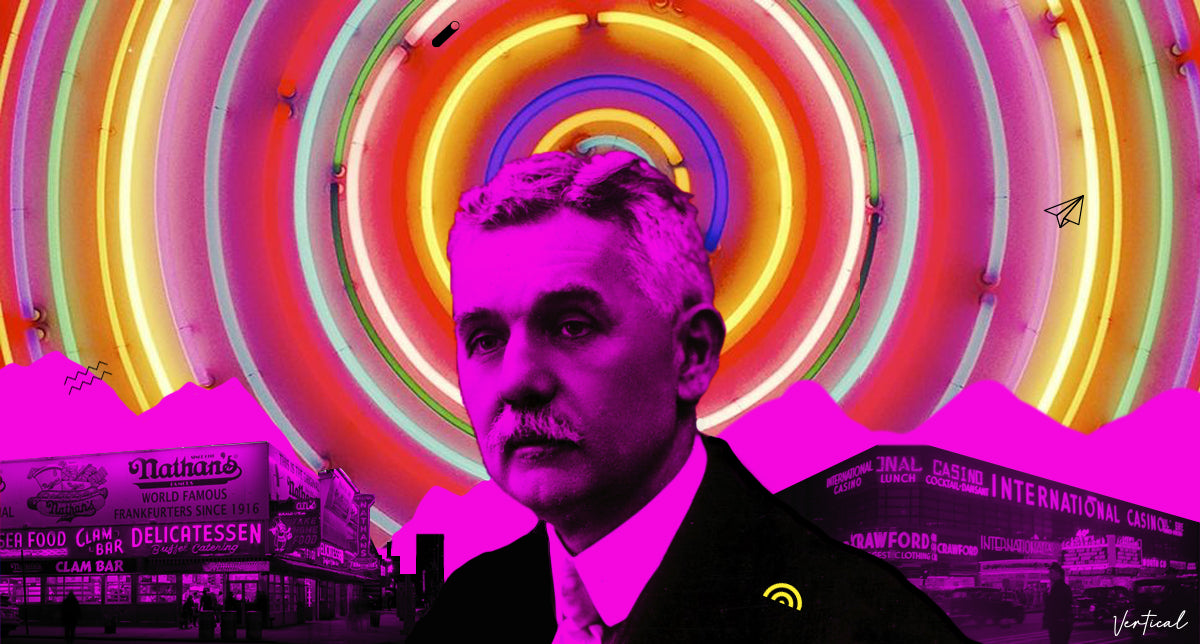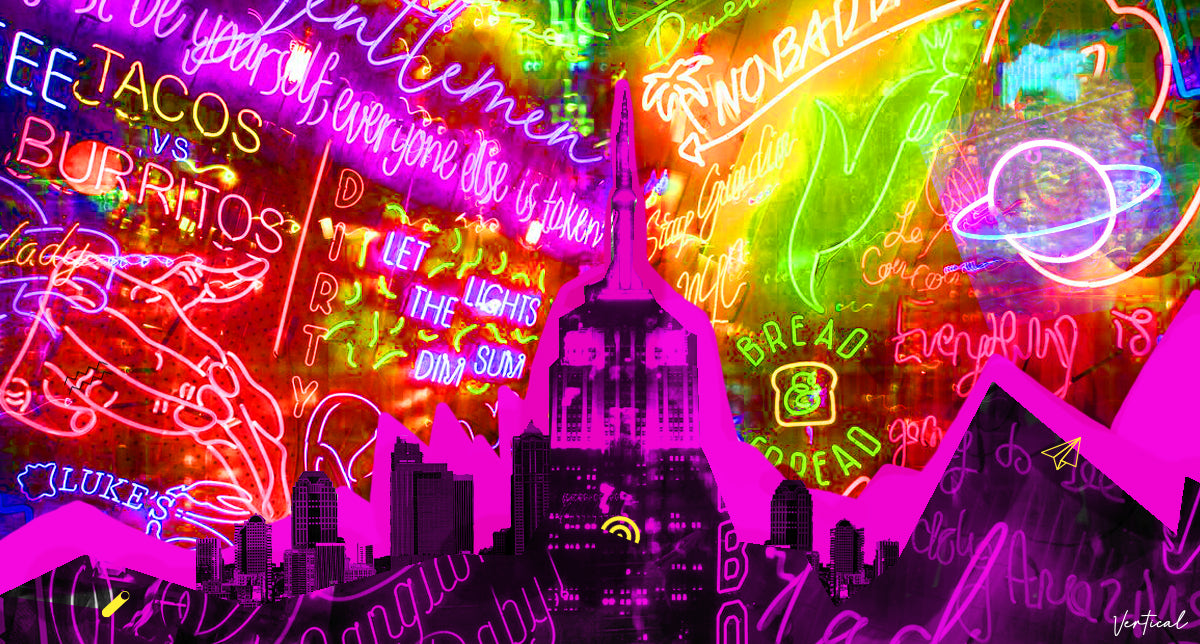Article: When was Neon Light discovered?

When was Neon Light discovered?
Neon gas was discovered in London, 1898 by William Ramsey and M. W. Travers. It is a rare gaseous element present in the atmosphere which is extracted by the liquefaction of air and separation from the other gases by fractional distillation.
The word neon comes from the Greek "neos," meaning "the new gas."
Although neon was discovered, the French engineer, chemist and inventor Georges Claude was the first person to utilize the gas functionally by creating a neon lamp. In 1910, he demonstrated and introduced the first commercial neon sign at the Grand Palais, Paris. After patenting the neon lighting tube in 1915; his company Claude Neon introduced neon gas signs to the United States. This is where neon tubes rapidly replaced the incandescent lamp signs and public interest and demand for neon displays grew.
Neon lighting quickly became a popular fixture in outdoor advertising. Visible even in daylight, people would stop and stare at the first neon signs dubbed "liquid fire."





